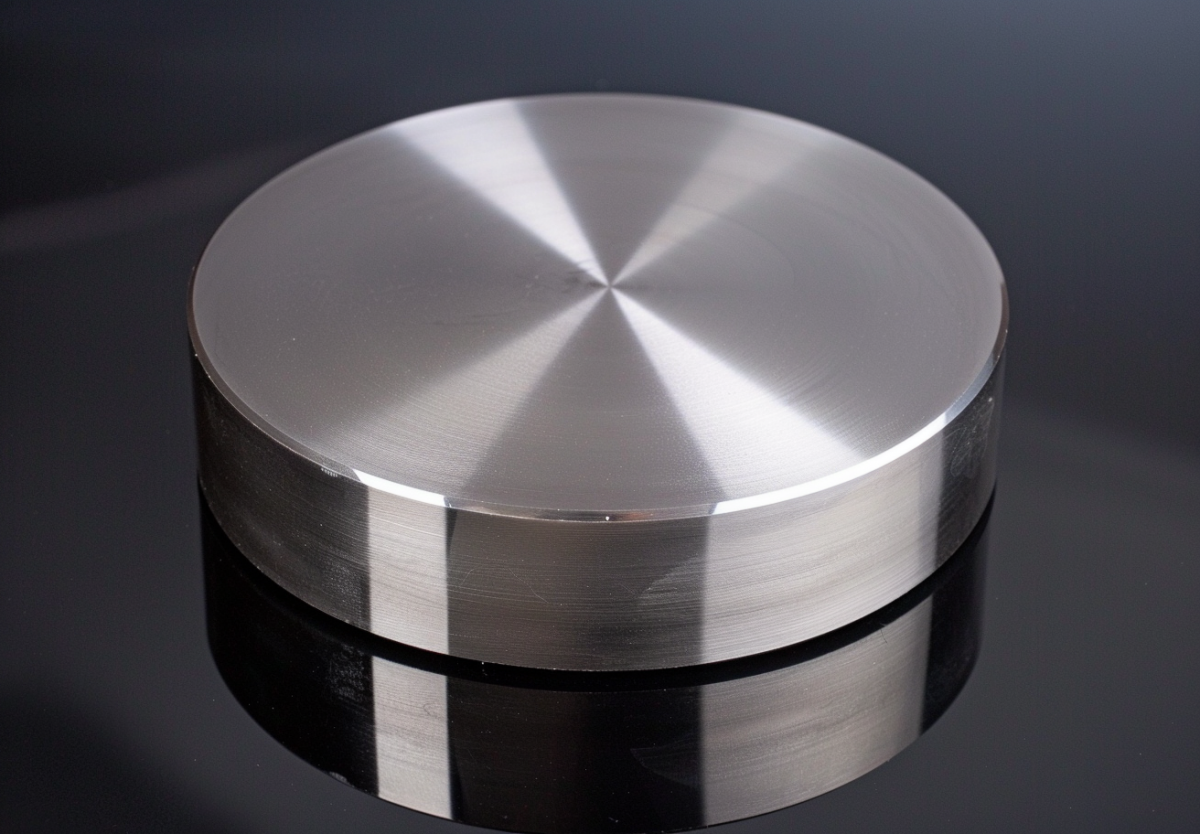Introduction
Zirconium (Zr) is a versatile transition metal known for its exceptional high-temperature stability, corrosion resistance, and strength. These qualities make zirconium an ideal material for sputtering targets in thin-film deposition processes. In this article, we explore the properties of zirconium sputtering targets, their ability to withstand extreme temperatures, and their applications in industries such as semiconductors, optics, and protective coatings. For a broader perspective on other high-temperature materials, check out the Top 10 Sputtering Target Materials That Can Withstand High Temperatures.
Key Properties of Zirconium Sputtering Targets
Zirconium offers a unique combination of physical and chemical properties that make it highly valuable for sputtering applications:
- High Melting Point:
Zirconium has a melting point of 1855°C (3371°F), enabling it to perform well in high-temperature environments. - Thermal Stability:
The material maintains its structural integrity under extreme heat, ensuring consistent performance during sputtering processes. - Corrosion Resistance:
Zirconium resists chemical attack, making it suitable for applications in harsh environments where other materials might degrade. - Ductility and Toughness:
Zirconium’s mechanical properties allow it to endure physical stress during deposition, providing long-lasting reliability.
Importance of High-Temperature Resistance in Sputtering Targets
The sputtering process generates significant heat as high-energy ions bombard the target material. For materials like zirconium, high-temperature resistance is essential for several reasons:
- Maintaining Structural Integrity:
Zirconium’s stability ensures the target remains intact, preventing deformation or degradation during high-temperature sputtering. - Uniform Thin Film Deposition:
The material’s resistance to thermal stress results in consistent atom ejection, producing high-quality thin films with uniform thickness and properties. - Longevity and Cost-Effectiveness:
Zirconium’s durability reduces the need for frequent replacement of sputtering targets, saving time and costs in industrial processes.
Applications of Zirconium Sputtering Targets
Zirconium’s unique properties make it suitable for a range of applications, including:
- Semiconductor Industry:
Zirconium sputtering targets are used to create thin films for electronic components, including transistors, capacitors, and resistors. Its thermal and chemical stability ensures high-performance electronic devices. - Optical Coatings:
Zirconium is used in the production of thin films for mirrors, lenses, and filters. Its ability to handle high temperatures and resist oxidation makes it an excellent choice for optical applications. - Protective Coatings:
In aerospace and automotive industries, zirconium sputtering targets are employed to produce wear-resistant and heat-resistant coatings for components exposed to extreme conditions. - Nuclear Applications:
Zirconium’s corrosion resistance and low neutron absorption cross-section make it ideal for use in nuclear reactors, particularly in thin-film coatings for fuel rods and containment structures.
Choosing the Right Zirconium Sputtering Target
Selecting the appropriate zirconium sputtering target depends on several factors:
- Purity:
High-purity zirconium targets are essential for producing films with minimal impurities, especially in semiconductor and optical applications. - Target Size and Shape:
The dimensions of the target must align with the specific requirements of the sputtering equipment. Customized sizes and shapes are often available. - Sputtering System Compatibility:
The power and parameters of the sputtering system must match the material properties of the zirconium target to ensure efficient deposition.
Conclusion
Zirconium sputtering targets are indispensable for high-temperature applications due to their exceptional thermal stability, corrosion resistance, and durability. Whether used in semiconductors, optics, or protective coatings, zirconium ensures the production of reliable, high-quality thin films. For industries seeking advanced materials capable of withstanding extreme conditions, zirconium is an excellent choice.
Stanford Advanced Materials (SAM) offers high-quality zirconium sputtering targets tailored to meet the diverse needs of various industries. Explore SAM’s product range to find the right zirconium target for your thin-film deposition requirements. For insights into other high-temperature materials, visit https://www.sputtertargets.net/.

